Growing Industrial Applications
The helium market in APAC is significantly influenced by the increasing industrial applications of helium. Industries such as welding, leak detection, and cryogenics are expanding, leading to a heightened demand for helium. For instance, the welding sector utilizes helium as a shielding gas, which enhances the quality of welds and reduces defects. The market for helium in industrial applications is expected to reach $1.2 billion by 2025, reflecting a compound annual growth rate (CAGR) of around 5%. This growth is indicative of the broader industrial trends in APAC, where manufacturing and production activities are on the rise. Consequently, the helium market is poised to benefit from these developments, as industries seek reliable and efficient gases for their operations.
Rising Demand for Medical Applications
The helium market in APAC is witnessing a rising demand for medical applications, particularly in the field of diagnostics and imaging. Helium is essential for cooling MRI machines, which are increasingly being adopted in hospitals and clinics across the region. The healthcare sector's growth, driven by an aging population and increased health awareness, is expected to propel the helium market, with projections indicating a potential market size of $800 million by 2025. This trend underscores the critical role of helium in advancing medical technology and improving patient care. As the healthcare industry continues to expand, the demand for helium is likely to remain robust, further solidifying its position in the market.
Regulatory Support for Helium Utilization
The helium market in APAC is also shaped by regulatory support aimed at promoting the responsible use of helium. Governments are implementing policies that encourage the sustainable extraction and utilization of helium, recognizing its importance in various high-tech applications. This regulatory framework is expected to foster a more stable market environment, attracting investments and facilitating growth. For instance, initiatives that promote recycling and efficient use of helium could lead to a reduction in waste and enhance supply security. As regulatory measures become more robust, the helium market in APAC is likely to benefit from increased stability and predictability, which could further stimulate demand.
Increased Investment in Research and Development
Investment in research and development (R&D) is a critical driver for the helium market in APAC. Governments and private entities are allocating substantial resources to explore new applications and improve helium extraction technologies. This focus on R&D is likely to enhance the efficiency of helium production and reduce costs, making it more accessible to various industries. For example, advancements in extraction techniques could potentially increase helium recovery rates by up to 30%, thereby expanding the available supply. As R&D initiatives continue to evolve, the helium market in APAC may witness a transformation, leading to innovative applications and improved market dynamics.
Technological Advancements in Helium Applications
The helium market in APAC is experiencing a notable surge due to rapid technological advancements across various sectors. Industries such as healthcare, aerospace, and electronics are increasingly utilizing helium for applications like MRI machines, rocket propulsion, and semiconductor manufacturing. The demand for high-purity helium is projected to grow, with estimates suggesting a market value of approximately $1.5 billion by 2026 in the region. This growth is driven by the need for innovative solutions that require helium's unique properties, such as low boiling point and inertness. As companies invest in research and development, the helium market in APAC is likely to expand, fostering a competitive landscape that encourages further innovation and efficiency in helium utilization.


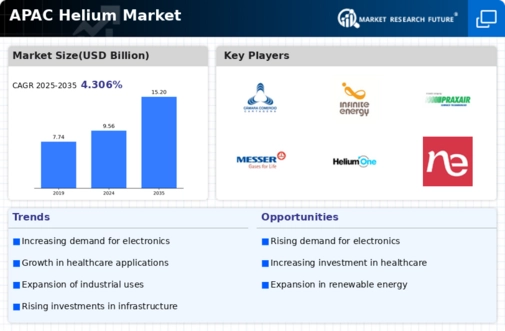
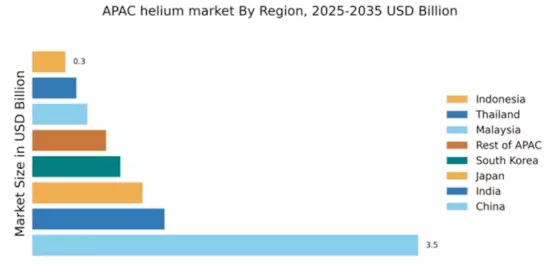
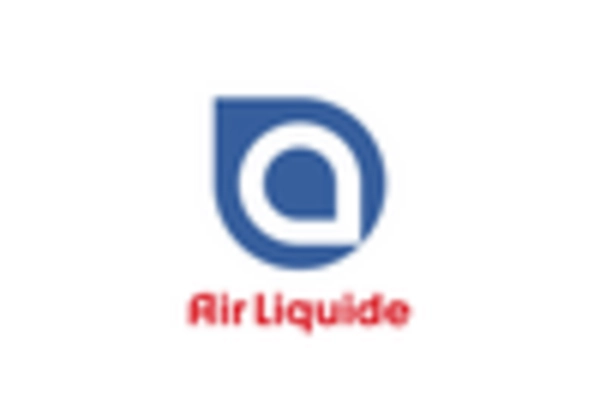
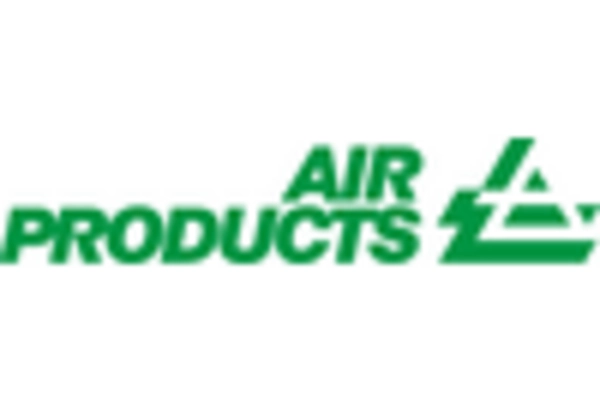
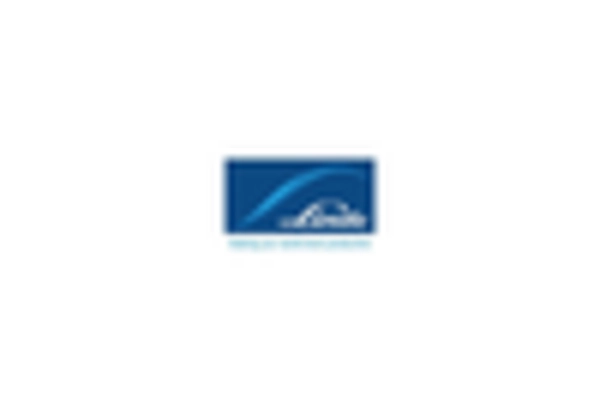

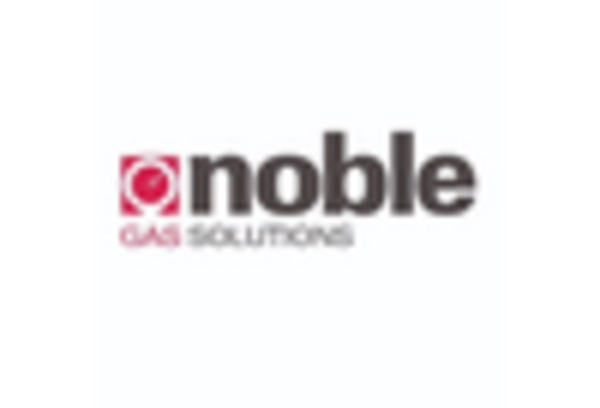
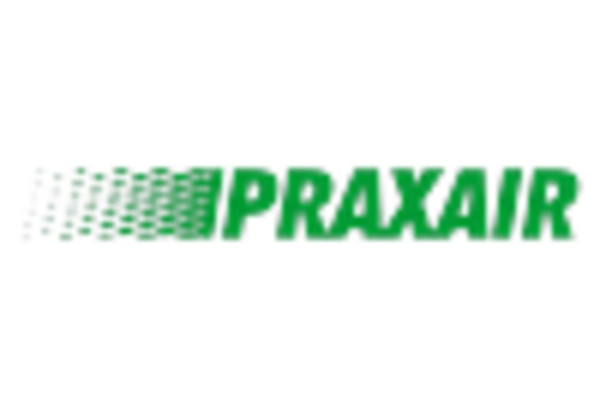








Leave a Comment